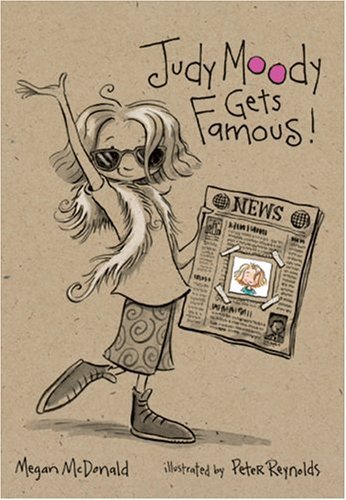 The Giver
The Giver was an amazing book; I could hardly put it down once I started reading it! I had never read it previously, so this was my first experience with this award-winning novel. This is a book about a boy named Jonas and the community he lives in. At first this community seems "perfect". There is no pain, suffering, war, prejudice, discrimination, poverty, or anything else that causes detriment to people in today's society. Everyone in the community is assigned a role when they turn 12 years old. As December appraoches, Jonas becomes nervous to turn 12. He is unsure of what assignment he will be required to fulfill. After being assigned the special role as the Receiver of Memory, Jonas receives his training from the Giver. The Giver tells Jonas of all the information in the world about pain and suffering, war and poverty. He comes to know all the secrets that no one else in his community knows. After deciding that he wants to change the way the community is run, Jonas goes out to experience everything that the world has to offer.
This book looks at a "perfect" society that runs smoothly and makes the reader question what is so valuable about having conflict and suffering in the world. Readers may find themselves wondering why a community like Jonas' would be a
bad idea. Although this book receives a lot of criticism when it is incorporated into a curriculum based on content and age-appropriateness, I believe that it is a valuable book for students in upper elementary to read and can definitely see myself teaching this book in my classroom. It is a great book for analyzing setting and looking at symbolism. The overall idea of "freedom" could be analyzed -- what does it really mean to be free? What does it mean to be an individual? How do our past experiences shape who we are? What is diversity, and how is a world conformed to "sameness" diverse? Students could also discuss the advantages and disadvantages of a community like Jonas'. Personally, I am not one who usually enjoys science fiction novels but this one definitely changed my opinion of them. I think that,
in general, many female students feel similar about science fiction books.
The Giver may help them open their eyes and accept science fiction as a more enjoyable genre.
Overall, after finishing this book I felt thankful. I was thankful for family and love, even though with them comes suffering and injustice. I was thankful that our society is not reduced to "sameness" and that we can embrace our differences and individuality. Our experiences, both good and bad, shape who we are and affect our thoughts and opinions, and in a different world we would not be the people we are today.















